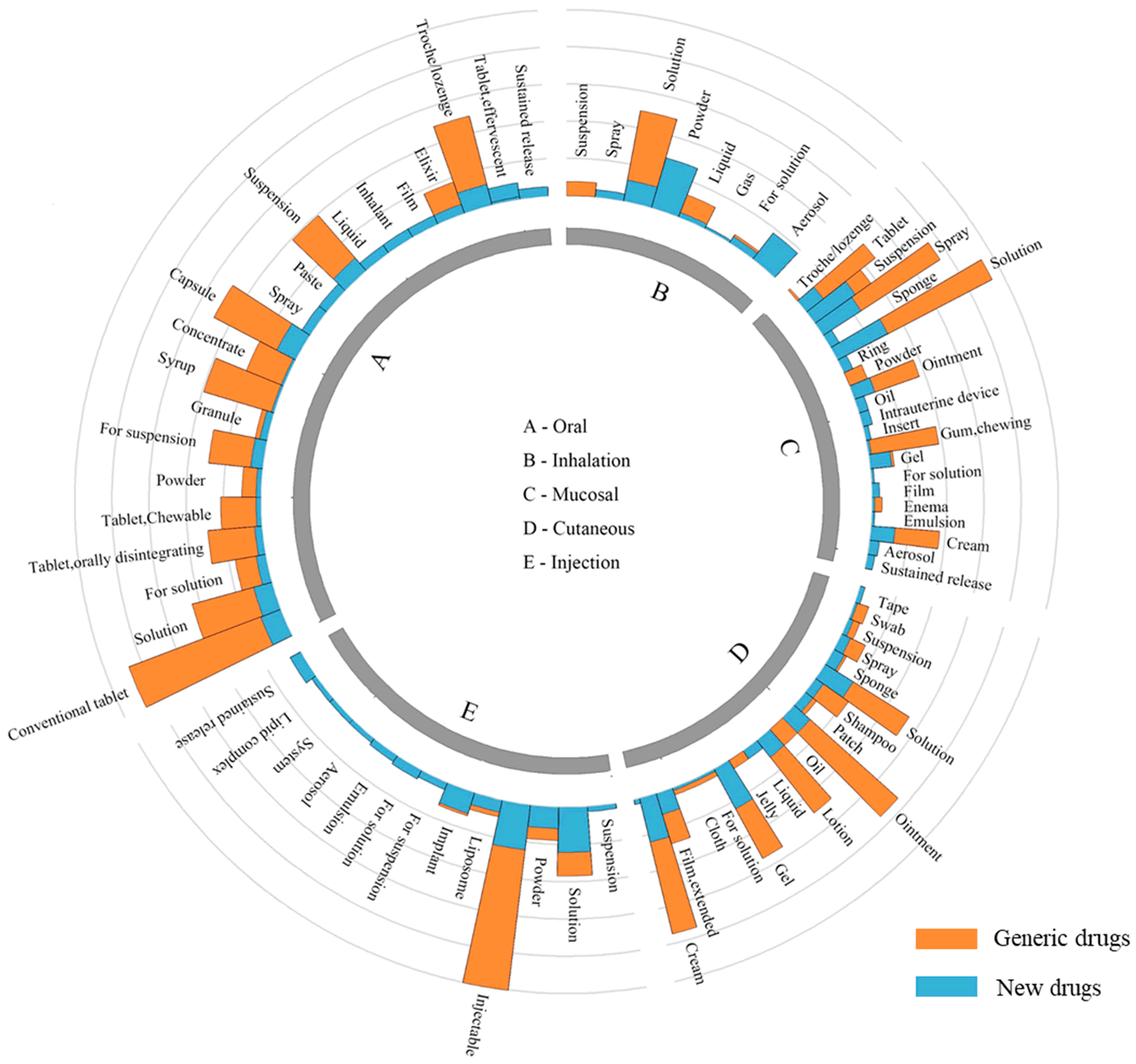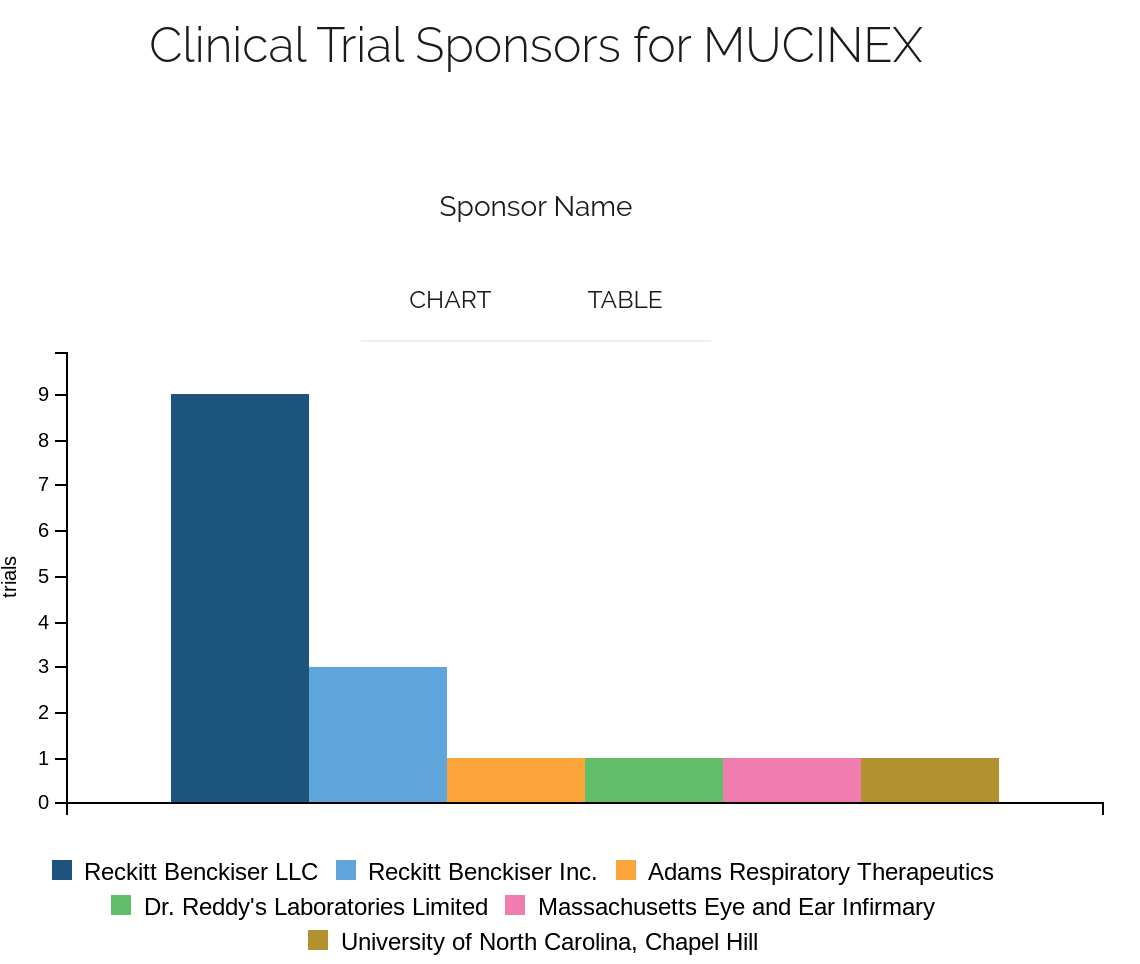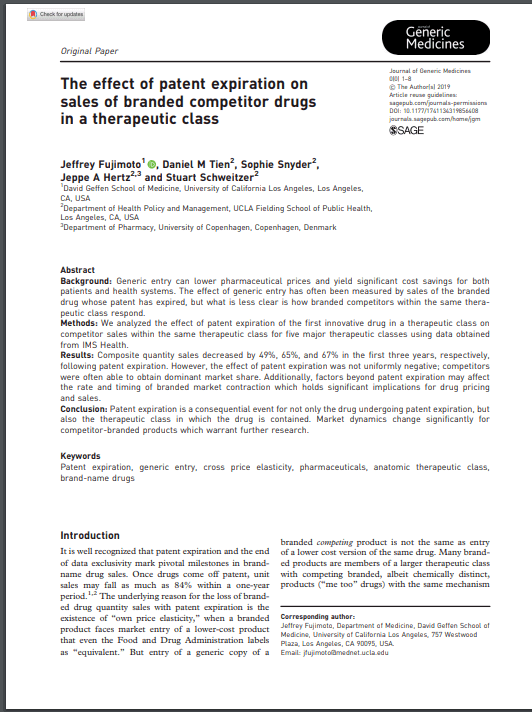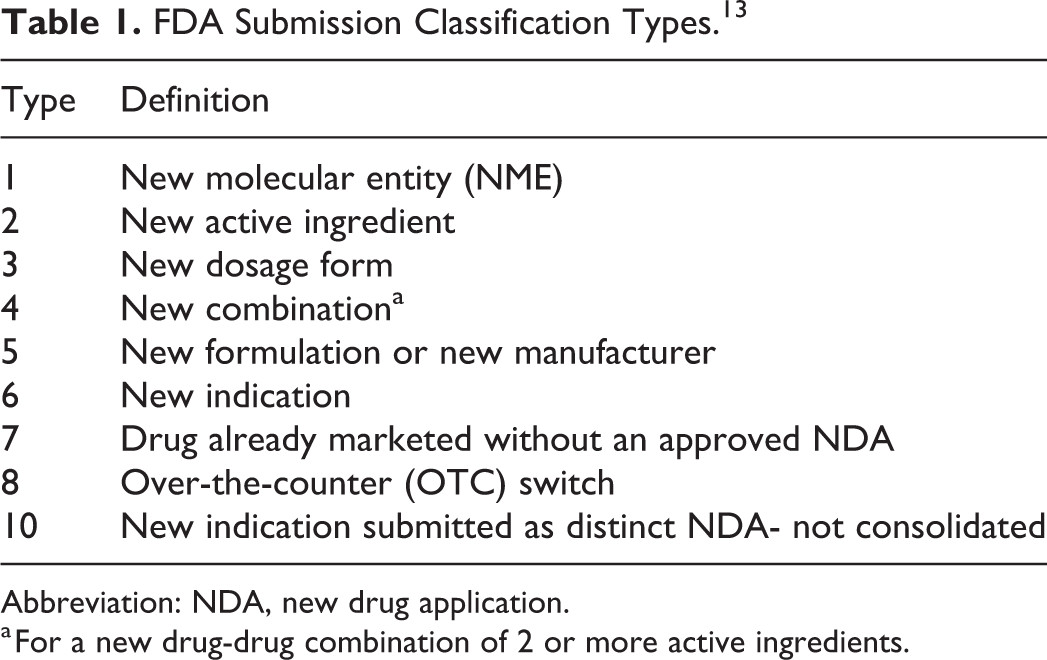
Pharmaceutical companies employ various strategies to extend the commercial life and patent protection of successful drugs. Here are some key approaches with examples:
New Formulations
One common strategy is to develop and patent new formulations of the existing drug compound to provide benefits like reduced dosing frequency, easier administration, improved bioavailability, or reduced side effects. This allows companies to obtain additional patents before the original compound patent expires.
Examples:
- Sustained/extended release formulations: Glucophage XR (extended-release metformin) by Bristol-Myers Squibb[1][4], Adderall XR (extended-release amphetamine) by Shire[2]
- New routes of administration: Imitrex (sumatriptan nasal spray) by GlaxoSmithKline for migraine treatment, originally a tablet[1][2][4]
- Improved bioavailability/reduced side effects: Nexium (esomeprazole) by AstraZeneca, the purified S-enantiomer of the racemic drug Prilosec (omeprazole) with better absorption and fewer side effects[2]
New Indications
Companies can obtain new patents for novel therapeutic uses or indications of an existing drug. For example, the antidepressant Wellbutrin (bupropion) by GlaxoSmithKline was later patented under the name Zyban for smoking cessation.[1][2]
Combination Products
Patenting new combination products that include the original drug can extend exclusivity. Eli Lilly patented Symbyax, which combines their drugs Zyprexa (olanzapine) and Prozac (fluoxetine), for bipolar disorder treatment.[1]
Chiral Switches
For racemic drugs containing two mirror-image enantiomers, one enantiomer may be more effective. Companies can patent and market the purified single-enantiomer version, like Nexium vs the racemic Prilosec.[2]
These strategies allow maximizing a drug’s commercial lifecycle by layering on additional patents covering new formulations, uses, or combinations before the original compound patent expires, thereby extending market exclusivity.
Citations:
[1] https://www.alston.com/-/media/files/insights/publications/2005/05/strategies-for-extending-the-life-of-patents/files/biopharm-spruill-may2005/fileattachment/biopharm-spruill-may2005.pdf
[2] https://www.obrienpatents.com/extending-life-patents-pharmaceutical-drugs/
[3] https://www.mathys-squire.com/insights-and-events/news/extending-protection-patent-strategies-for-pharmaceutical-products-at-the-epo/
[4] https://www.biopharminternational.com/view/strategies-extending-life-patents-alf3
[5] https://www.mewburn.com/news-insights/playing-for-time-strategies-that-can-help-extend-a-drugs-patent-life























